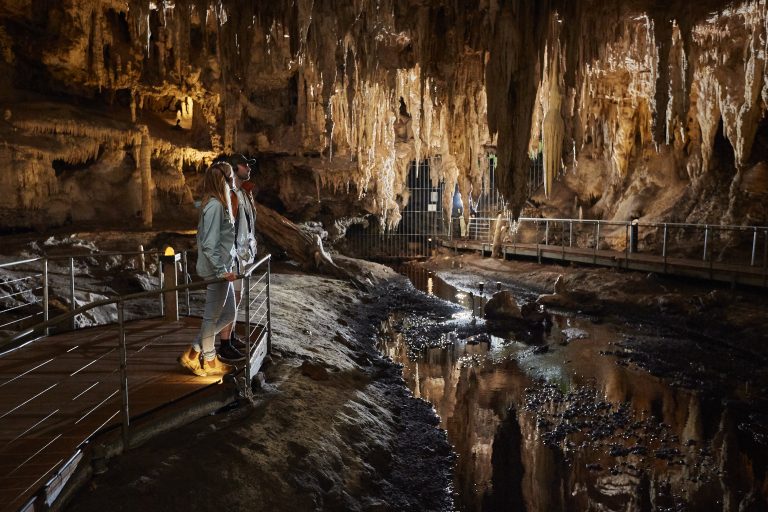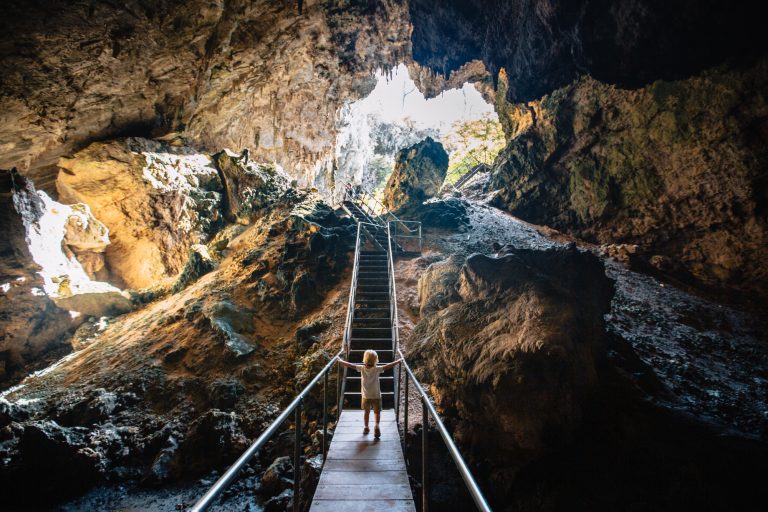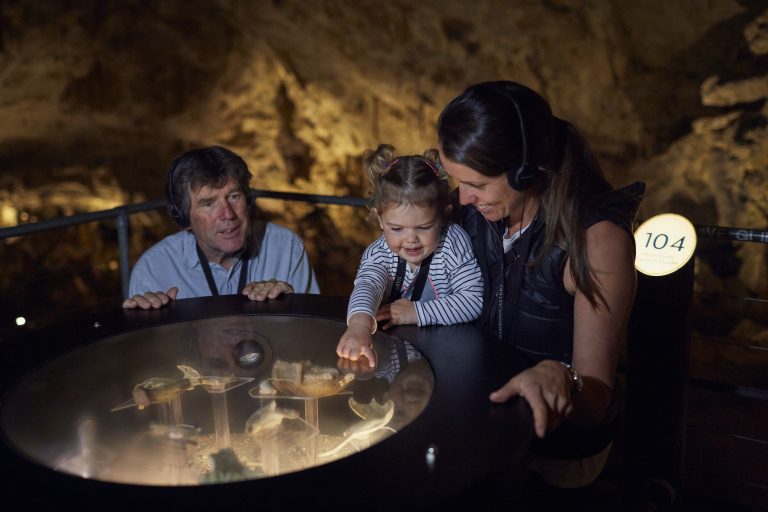Mammoth Cave became the first palaeontological cave site discovered in Western Australia.
During this time, the cave was also known as the “Dawn of Creation” because of its incredible fossil discoveries, which hinted that this cave could hold the secrets of the very beginning of life.
In 1904, while constructing a walkway, Edgar Robinson and Tim Connelly unearthed large, unusual bones.
This discovery led to Ludwig Glauert being assigned to research the cave’s palaeontological significance. Excavations between 1909 and 1915 revealed around 10,000 fossil specimens, including bones from the region’s ancient megafauna.
The collection included bones from some truly colossal creatures—Giant Pythons (Wonambi naracoortensis), giant echidnas (Zaglossus hacketti and Megalibgwilia ramsayi), a species of Wombat (Vombatus hacketti), Wallaby (Wallabia kitcheneri), and even the fearsome marsupial lion, Thylacoleo carnifex.







